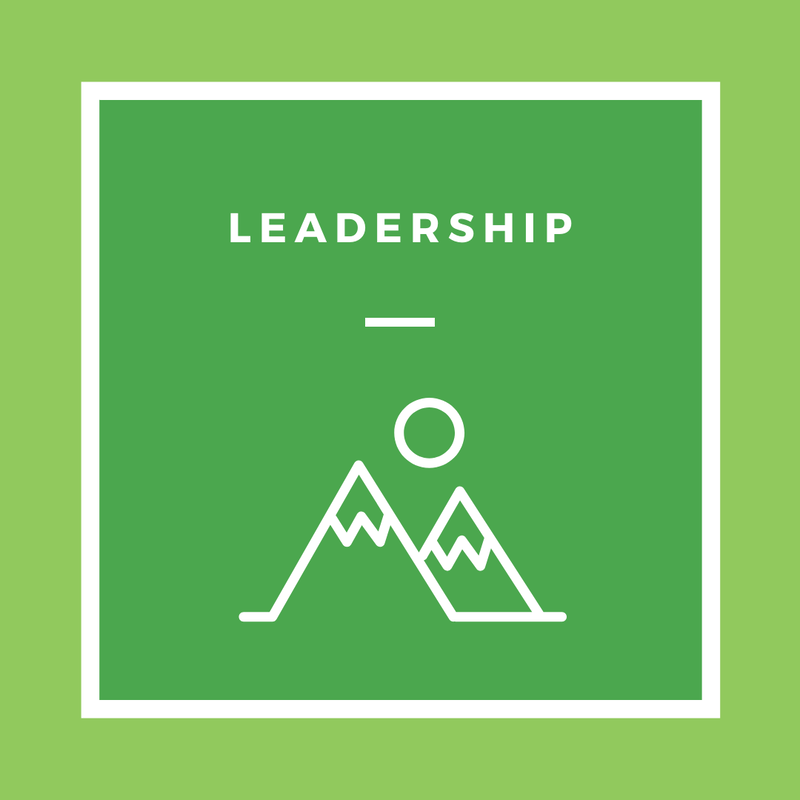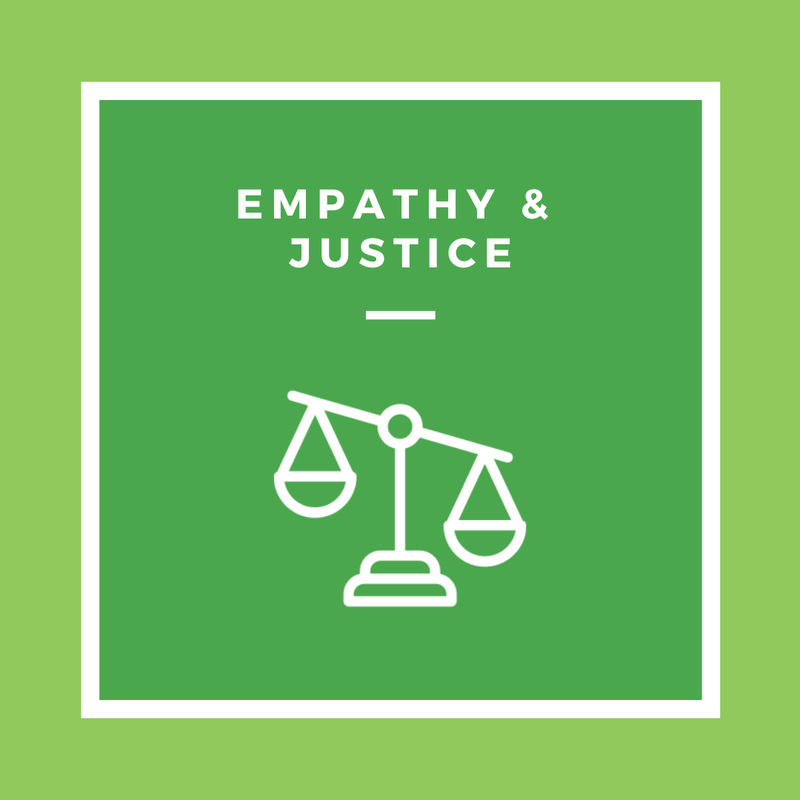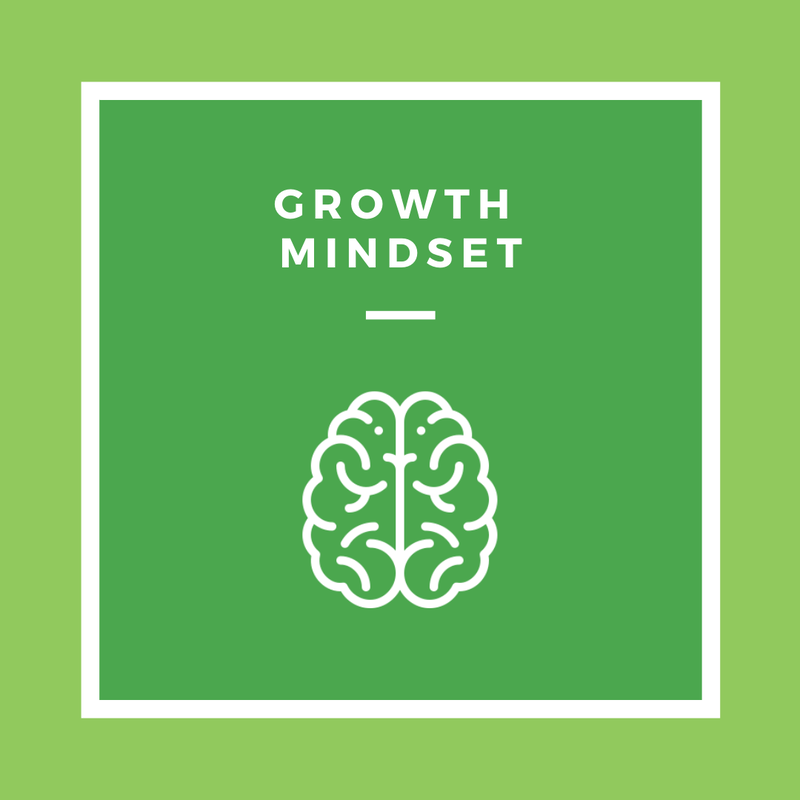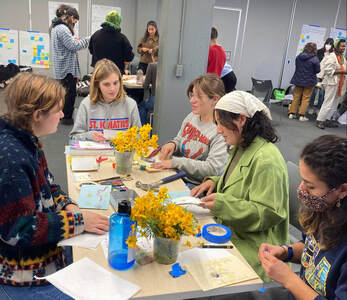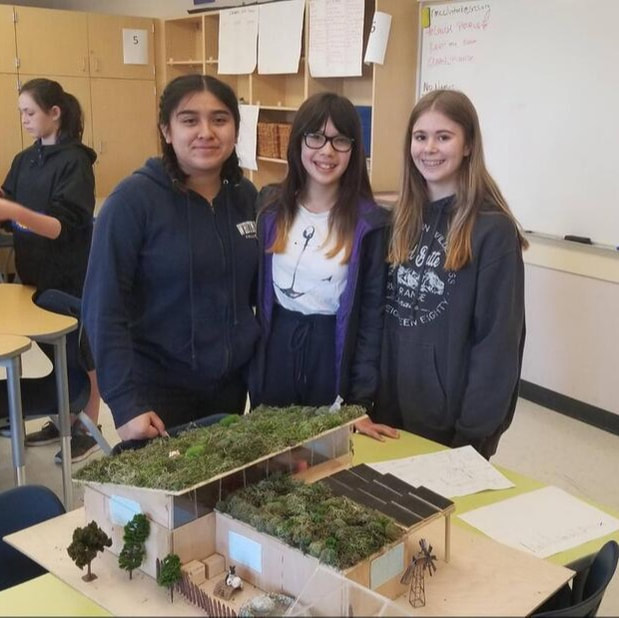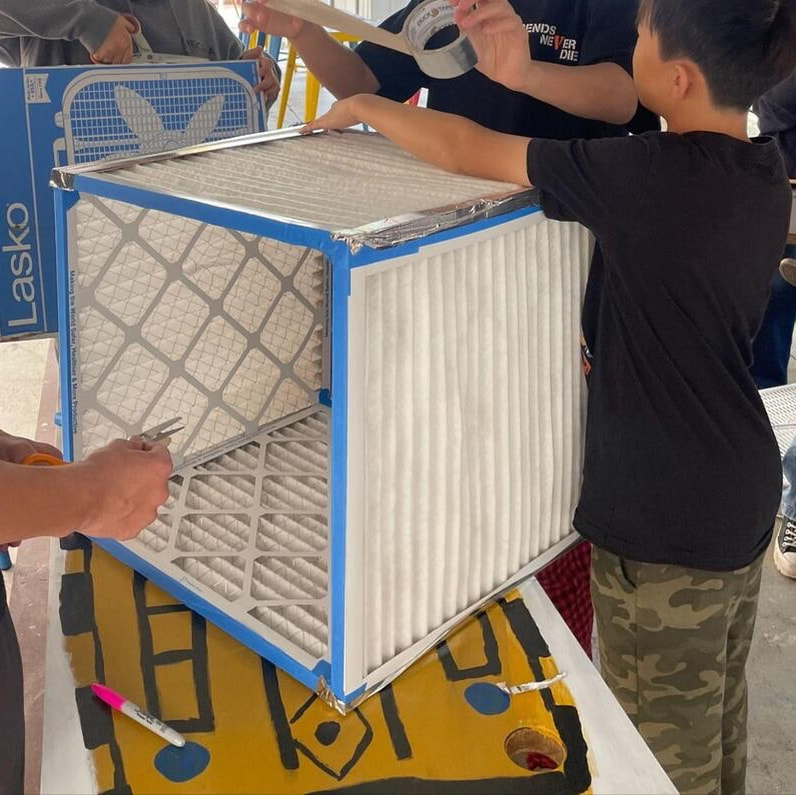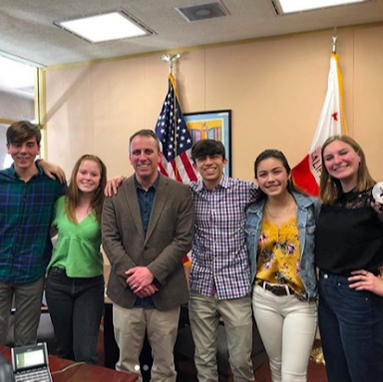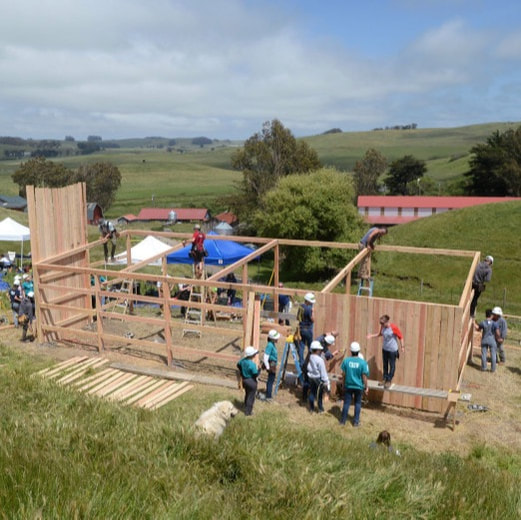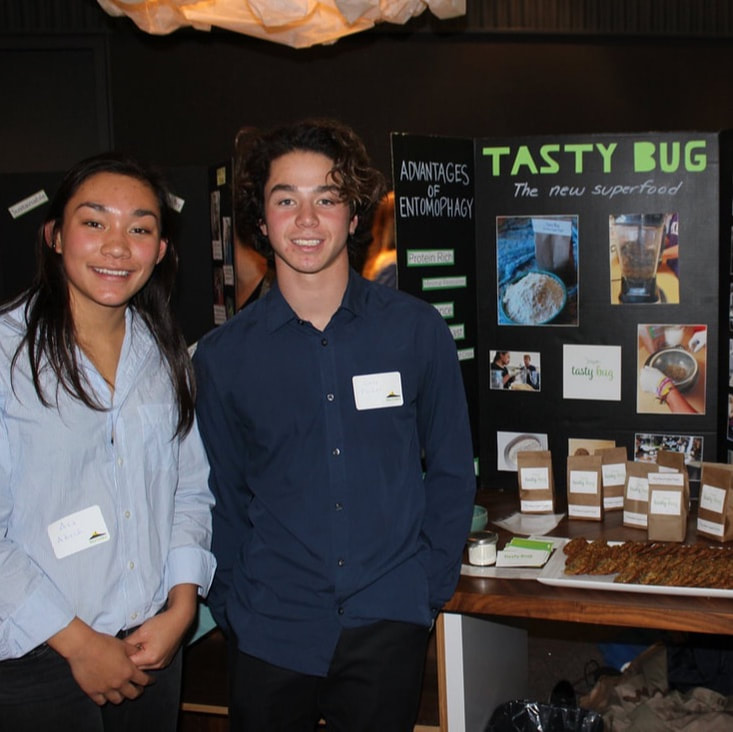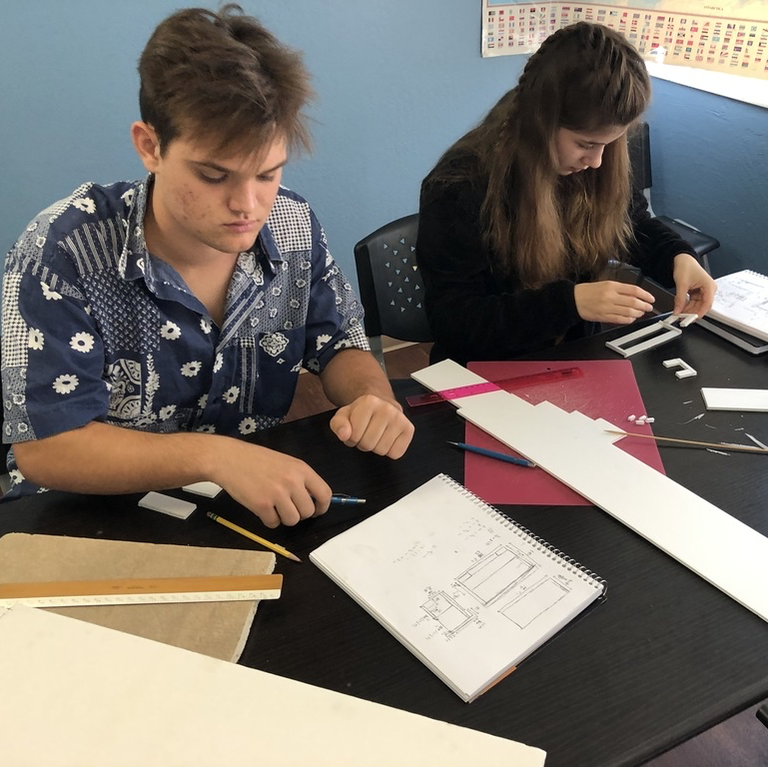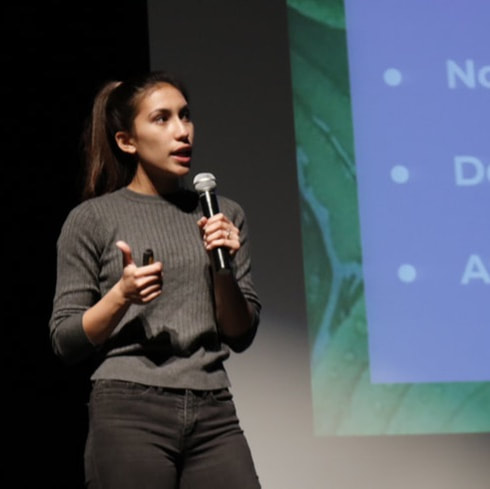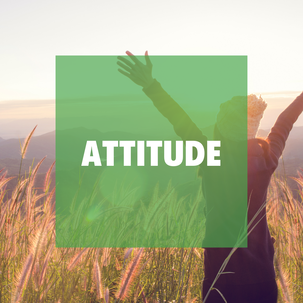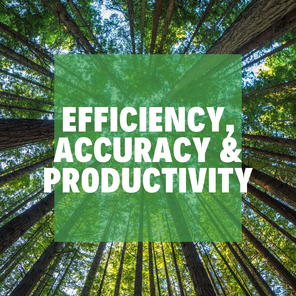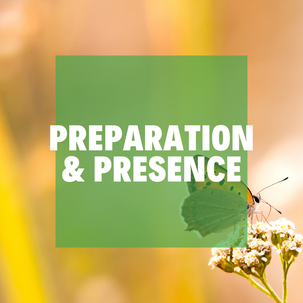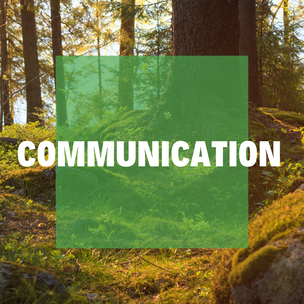Student Learning Outcomes
SEL students will be inspired for life long learning. Project-based learning, intimate class-sizes and service to the community, supported by an inspiring staff, technology and the excellent resources available locally enables our students to become independent thinkers and innovators. Creativity is embedded in our academic disciplines, helping students to think for themselves and develop a social consciousness and worldview that will provide the foundation for life-long moral and intellectual growth. Furthermore, by having sustainability infused into their education, SEL students understand the interconnectedness of systems (environmental, social, and economic). This vibrant combination of factors will prepare them to stand out as adults, no matter what their area of professional or personal focus.
Project-Based Pathway
9th Grade
As freshmen, SEL students work to understand the world around them through projects designed to build effective research, public speaking, and communication skills.
|
As 9th graders, SEL students participate in Leadership and Environmental Action Development (LEAD) Projects, semester-long group projects to address pressing environmental issues. These projects provide a chance for students to work with adult partners and lead real change in their communities. SEL students worked with The Golden Gate Electric Vehicle Association (GGEVA) to learn about the benefits of electric vehicles and identify sites for future charging stations. The students chose to support plans to install an electric vehicle charging station at the Bear Valley Visitor Center at Point Reyes National Seashore. To fund this project, the students wrote and submitted two funding proposals. By providing Bay Area residents with convenient charging stations, the students hope to promote the use of electric vehicles to reduce greenhouse gas emissions.
|
|
SEL freshmen learn about energy through a Zero Net Energy project, which challenges students to design a house that produces as much electricity as it uses. While exploring important principles including energy production, energy efficiency and conservation, passive design, and renewable energy, students audit home energy use, size renewable production and storage for their home, and build a detailed model of their home design.
|
10th Grade
As sophomores, SEL students develop as community builders while planning, coordinating, and executing projects towards enacting lasting policy change in their communities.
|
Biomimicry: 10th grade students explore design through biomimicry, investigating biological systems and design nature-inspired solutions to address changing environmental conditions. A group of 10th grade students designed a set of dishware with a cone-texture inspired by the lotus leaf for water-resistant washability.
|
|
LEAD: 10th grade students take on longer projects, with a focus on environmental policy. One group of six 10th graders created a climate report card (that the city of San Rafael received a B on), mobilized Terra Linda High School students, delivered the climate report card to government officials, recruited new youth leaders, and engaged community members with the ultimate goal of passing a Climate Inheritance Resolution.
|
11th Grade
As juniors, SEL students innovate solutions, ideating and implementing business plans and flexing hands-on design and creation skills.
|
Engineering: After gaining a foundation in basic design, engineering, and construction, students embark on a long-term project to incorporate these principles into a physical product. Examples of these projects include design, testing, and 3-D printing of a school wind turbine model and construction of chicken coops from reclaimed materials. The main Engineering class project requires students to work individually, in small groups, and as a class to tackle a challenge and construct objects that benefit both the school and their community.
|
|
Sustainable Enterprise: This year-long project begins with students identifying a professional purpose that motivates them, developing a business idea, and crafting a business plan for a sustainable enterprise of their choice. Businesses must meet a triple bottom line, demonstrating their benefits for people, the planet, and profits. At the culmination of the fall semester, students deliver pitches on their enterprises to a panel of mock investors. This panel then selects a handful of businesses to be implemented. The spring semester focuses on implementing the selected business plans in groups. One of our student enterprises “Key Naturals,” designed a natural alternative to bug spray to combat the negative environmental effects of DEET. The company donated a portion of profits to anti-malaria organizations. The students successfully registered company as an LLC, purchased a web domain, and created an online store.
|
12th Grade
As seniors, SEL students prepare for impactful futures while exploring career pathways, reflecting on their growth, and planning their next steps.
|
Internship: The Senior Internship Program is designed to provide students with real-world work experience, job skills and knowledge. SEL seniors, through their work in the first three years of the SEL Program, are prepared to take on a professional role with a local business or organization. In addition to completing internship work hours, students attend class sessions focused on professional development, career awareness, and internship reflection. The internship program provides a culminating experience in The SEL program scaffold approach – student work and performance is heavily dependent on each student’s commitment and interest in their internship.
|
|
Portfolio Defense: Throughout their four years, students assemble a portfolio comprised of items that document their work and growth made during their time in The SEL. This process requires them to reflect critically on their work and growth, while also providing them with opportunities to personally reflect upon their accomplishments. At the end of the portfolio process, students will present their growth and documentation in front of a panel of peers, The SEL teachers, and community members.
|
Student Leadership Rubric
The SEL Leadership Rubric is used to evaluate critical leadership skills, such as engagement, effort, attitude, and communication.
|
Managing a demanding workload can be tough for even the most advanced leaders. SEL students learn to complete their projects done efficiently and professionally. This means students are encouraged to use class time productively to collaborate on group projects. Putting this effort in during class time means less work at home, and higher quality work overall.
|
|
The best leaders demonstrate mastery of communication skills. SEL students practice public speaking skills, with an emphasis on understanding context and audience. Students utilize respectful and empathetic language and tone. Students learn active listening and practice acknowledging existing conversations before adding their opinion. Students practice awareness and appropriateness in their nonverbal communications.
|

